H1B Changes Put US Higher Education Model Under Pressure
American Work Visa Fees Reshape Global Student Choices
After the recent US Federal Reserve rate cut, American markets went up, led by technology stocks, which continue to be in vogue with investors. Indian markets were otherwise volatile, while the Nifty Fifty index remained firmly on an upward trend from where it was at the beginning of the month. Even as foreign portfolio investors went on withdrawing their money from India, domestic players remained unfazed, pouring big money into initial public offerings with firm faith in India's future growth opportunities. President Donald Trump introduced a significant boost in the fee for the H1B visa, making it $100,000. He stated that this step was aimed at pushing American businesses to employ more local graduates and minimise dependence on cheaper foreign labour. While early responses had hinted that Indian IT companies like TCS, Infosys, and Wipro could be hit hard, experts have noted that the actual effect could lie elsewhere.
It was pointed out that foreign students in America, and especially Indian students, might be most impacted. In 2024, Indian students allegedly surpassed Chinese nationals as the biggest overseas group of students at US universities. Although they accounted for just 12% of all students, they were said to generate almost 28% of total tuition income, thus emphasising their contribution towards cross-subsidising American students. With the H1B visa fee increase, new graduates would have to find employment that pays more than $183,000, since the minimum wage criteria of $83,000 would be the requirement under H1B visa requirements in the USA. Such well-paying positions are few for new graduates, and, therefore, the American job market becomes further out of reach.
This trend would deter subsequent enrollment, particularly for individuals who depend on post-study work opportunities to compensate for the exorbitant US student visa fee. Although certain graduate students might continue in advanced areas such as artificial intelligence or biotechnology,where pay can afford a US visa application,others may do otherwise. With the demographic decline in US university admissions since 2010, diminished US international student enrollment would present a financial strain for schools.
Indian IT companies, according to industry watchers, would also adjust. Plans could involve bringing routine work in-house through automation, shifting personnel to neighbouring nations like Mexico and Canada, and moving more work back to India. Competitors under similar limitations would most certainly transfer higher costs to customers. Big US tech firms that depend on Indian workers using the H1B visa,Microsoft and Amazon, for instance,may have to decide between hiring more employees in India or paying more to bring in American work visas.
In addition, recent activity in US media regulation attracted notice when ABC reinstated late-night host Jimmy
Kimmel after public outcry. His suspension had come after contentious comments, and alarm was raised when the Federal Communications Commission threatened punitive actions against critical broadcasters. The incident was regarded by some as a test of democratic strength against political pressure. While that, India's semiconductor dreams got a boost with the successful tape-out of an Indian-engineered three-nanometre chip. A two-nanometre chip is also being developed. However, intellectual property rights for the designs belonging to foreign companies,Japan's Renesas and the UK's ARM,are said to raise fears over India's reliance on foreign IP. Experts have contended that authentic technological sovereignty calls upon Indian firms to invest in indigenous R&D, not foreign capability centres working for global multinationals.
As the US dollar becomes more of a geopolitical tool, and sanctions loom over the prospect of being imposed on Indian institutions like ISRO or Brahmos Aerospace, indigenous innovation has become necessary. The term "made by India" is being prioritised above "made in India" so that long-term access to high-tech solutions can be maintained. Global growth is likely to remain stable at 3% in 2025 and 3.1% in 2026, respectively, amidst disruptions to trade and tensions on tariffs, as per the September World Economic Outlook of the International Monetary Fund. Yet, US growth could taper, and some assume it could have an impact on voter sentiment in the 2026 mid-term elections. Overall, the increase in H1B visa fees can redefine student and labour mobility, but also highlights the need for self-sufficiency in education and technology.
Editor's Note
The recent increase in the H1B visa fee to $100,000 is not a policy shift; it's an awakening. Though it's couched as an attempt to save American jobs, the ripple effects ripple far outside the tech industry. The actual punch comes to international students, particularly those from India, who have a formidable barrier erected between schooling and working in the US. With increasing US student visa fees and tougher H1B visa conditions, the American dream of studying and working in America is becoming more elusive to achieve. Let's get one thing straight: this action puts US international student numbers at risk of dwindling, penalising universities that depend on full-fee-paying students to make ends meet. It also gives the impression that foreign talent is no longer welcome unless it is accompanied by a six-figure salary offer. Indian IT companies are known for their adaptability. They will continue to adjust by increasing their operations in Canada or Mexico, implementing automation, or expanding their domestic workforce. But the larger lesson here is one of ownership. India needs to stop supplying talent for foreign IP and create its own. Creating sophisticated chips is a point of national pride,but if the ownership is still in Japan or the UK, then India is still playing a foreigner's game.
According to Skoobuzz, technology needs to be produced by India, not merely produced in India. That involves spending money on indigenous research, defending intellectual property rights, and creating systems that don't collapse under foreign sanctions or rate increases. The world economy may be stable, but India's destiny lies in how aggressively it decides to take the lead.
FAQs
1. How will H1B fee hikes affect US universities?
The sharp rise in H1B visa fees could make it harder for international students—especially those from India—to find jobs in the US after graduation. Many students choose American universities because they hope to work there afterwards. If job opportunities become too expensive or limited, fewer students may apply. This could hurt university finances, as foreign students often pay full tuition and help support the system.
2. What is the new cost of an H1B visa?
The new fee for an H1B visa has been raised to $100,000. This is a big jump from earlier costs and makes it much more expensive for companies to hire foreign workers.
3. Why are international students concerned about H1B changes?
Students are worried because the visa fee hike makes it harder to get a job in the US after finishing their studies. Most entry-level jobs don’t pay enough to meet the salary rules linked to the H1B visa. Without a job, students may not be able to stay in the country, which makes studying in the US less attractive.
4. How much is the US student visa fee for Indians?
The current US student visa fee for Indian applicants is around $185. This covers the basic application cost, but students may also need to pay extra for services like SEVIS registration and visa interviews.
5. What are the requirements for an H1B visa?
To get an H1B visa, a person must:
- Have a job offer from a US employer
- Work in a specialised field like IT, engineering, or science
- Hold at least a bachelor’s degree or equivalent
- Be paid a minimum salary (currently set at $83,000)
- Apply during the official H1B visa window, which has limited slots each year







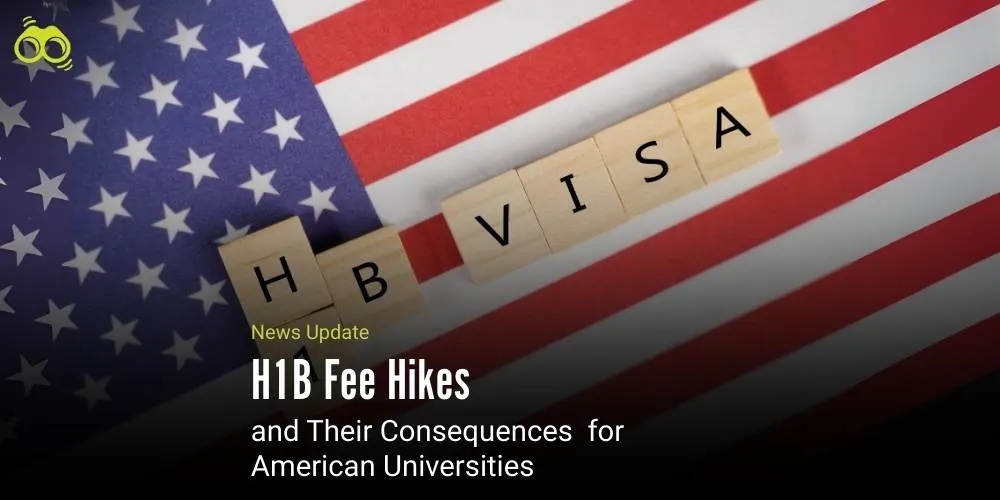

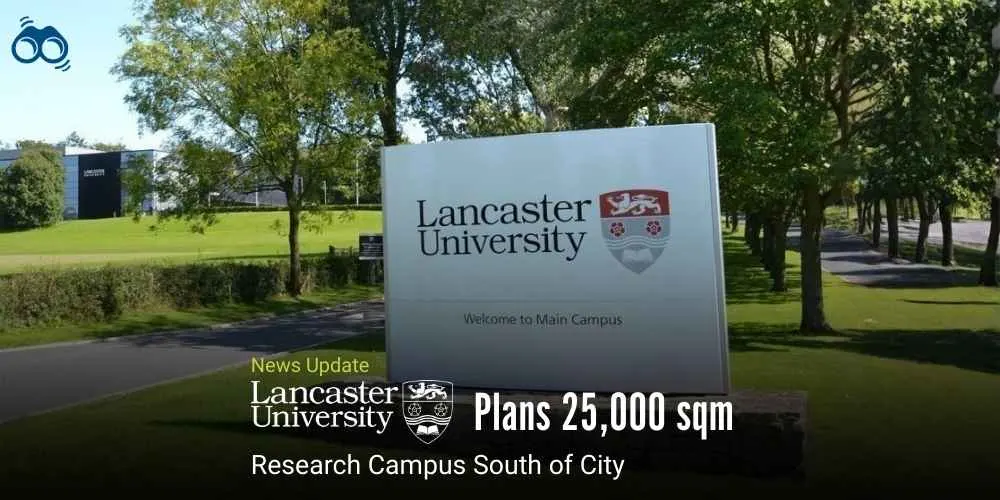
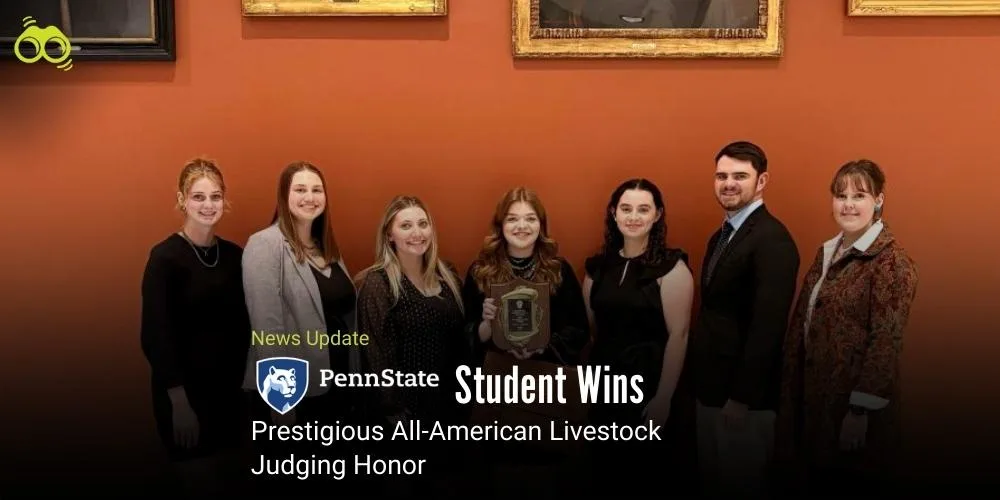
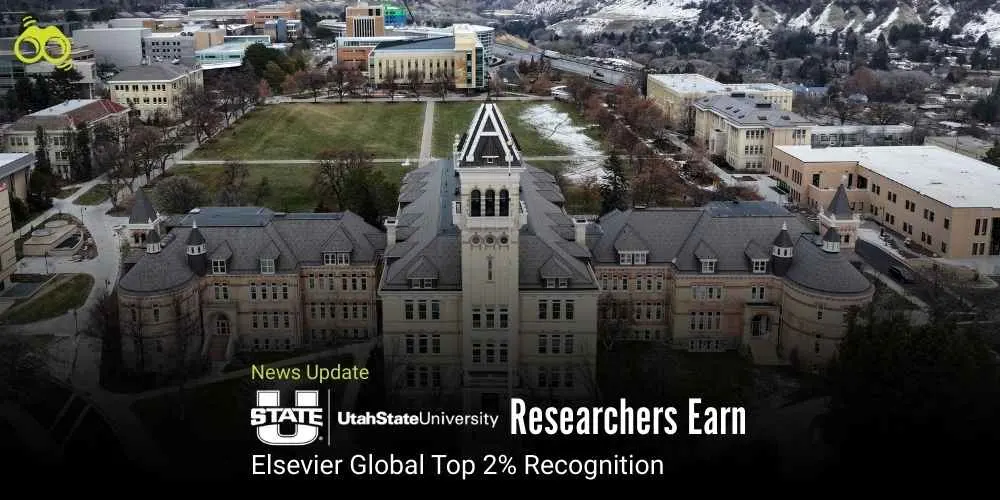
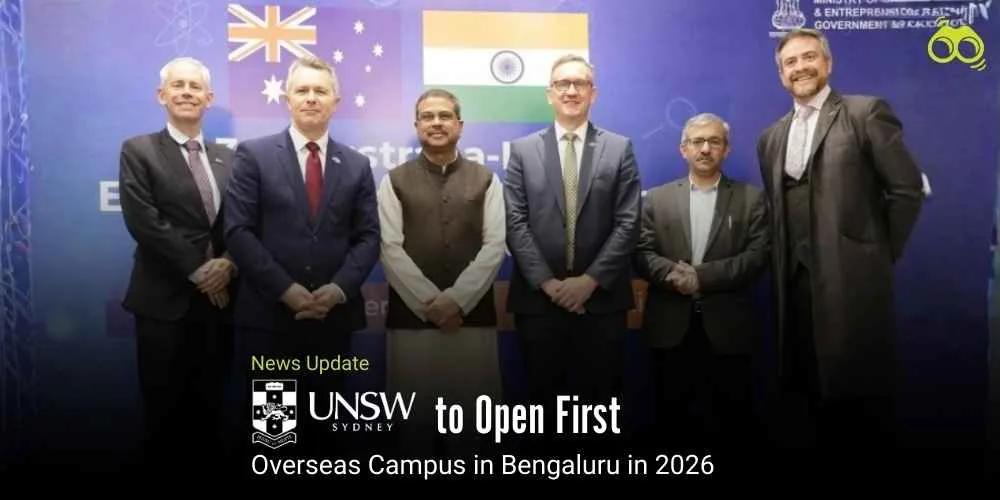

0 Comments (Please Login To Continue)